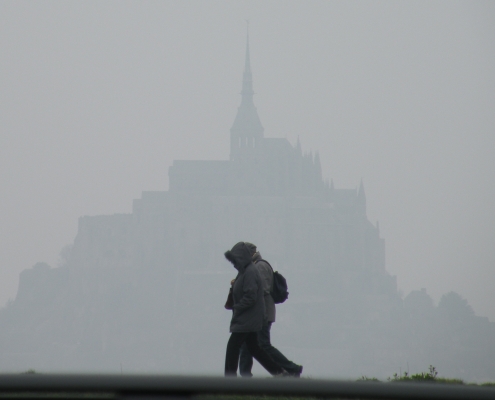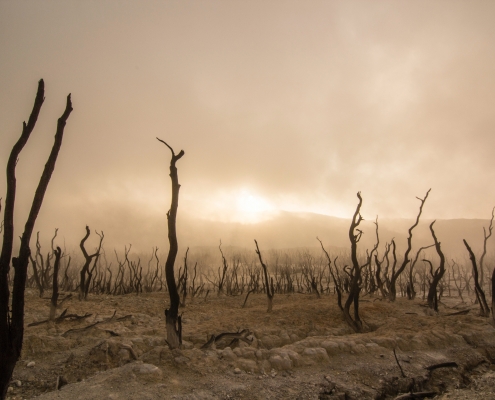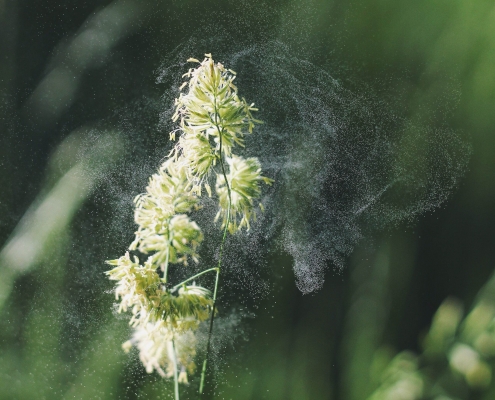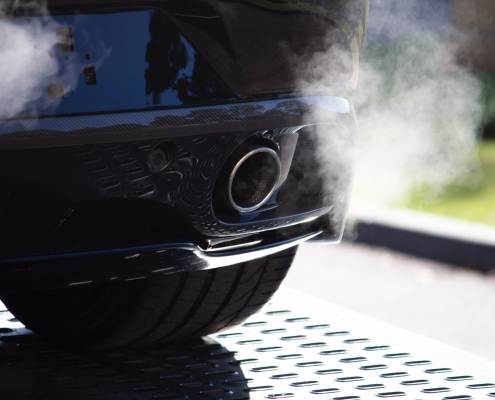
Entwicklungsprogramm der Vereinten Nationen (UNDP) nimmt Breeze Technologies in Digital X Solution Catalogue auf
Bei Breeze Technologies arbeiten wir permanent daran, Bürgern und Regierungen weltweit einen einfachen und kosteneffizienten Zugang zu Luftqualitätsdaten zu verschaffen. Dies ist eine gewaltige Herausforderung, die wir nicht ohne Partner bewältigen…
 unsplash.com / Vlad Deep
unsplash.com / Vlad DeepFuture use cases for air quality data: air quality as a dimension of (re-)insurance
As part of the InterLuft project, we are envisioning future use cases of ubiquitous air quality data in our cities: This article is part of a series of visions of the future and thought experiments on how our surroundings might become more environmentally…

Do plants improve air quality?
According to an often-quoted study conducted by NASA, house plants have been found to purify the air and remove “up to 87% of the amount of toxins in the air”. Recent studies, however, have cast doubt on these statements finding that indoor…
 unsplash.com / Sahej Brar
unsplash.com / Sahej BrarFuture use cases for air quality data: individual health, air pollution exposure and asthma alerts
As part of the InterLuft project, we are envisioning future use cases of ubiquitous air quality data in our cities: This article is part of a series of visions of the future and thought experiments on how our surroundings might become more environmentally…
 shutterstock.com
shutterstock.comCardboardification of mobility as radical new clean air action
Hamburg, 1 April 2022. As a radically-new measure to improve air quality in our cities, Breeze Technologies will now start to recommend the "cardboardification" of cars, busses and other vehicles in cities. "We see it as the next logical step…
 unsplash.com / FilterGrade
unsplash.com / FilterGradeFuture use cases for air quality data: Air quality in real real estate
As part of the InterLuft project, we are envisioning future use cases of ubiquitous air quality data in our cities: This article is part of a series of visions of the future and thought experiments on how our surroundings might become more environmentally…

The connection between the different air pollutants
When it comes to the subject of air pollution, not many people realize that the different air pollutants are very much interconnected. Reactions between various compounds under the right circumstances will form different pollutants, thus exacerbating…

How air pollution causes acid rain
Acid rain, or acid deposition, is a broad term that includes any form of precipitation with acidic components that fall to the ground from the atmosphere in wet or dry forms. How can rain be acidic, and what are the effects of acid rain? What…

How to measure pollen
Pollen exposure is one cause of asthma attacks for people prone to them. Breathing in pollen can also cause certain other respiratory symptoms such as sneezing, congestion, and a runny nose. Climate changing is constantly shifting pollen levels,…

Everything to know about nitrogen dioxide (NO2)
Nitrogen dioxide (NO2) is a chemical compound part of a group of highly reactive gases known as oxides of nitrogen or nitrogen oxides (NOx). It is a common air pollutant recognized by many standard air quality guidelines, including the World…

Everything to know about Nitrogen Monoxide (NO)
Nitrogen monoxide belongs to a family (nitrogen oxides) of poisonous, highly reactive gases that form when fuel is burned at high temperatures. Nitrogen monoxide pollution is emitted by automobiles, various non-road vehicles such as boats and…
